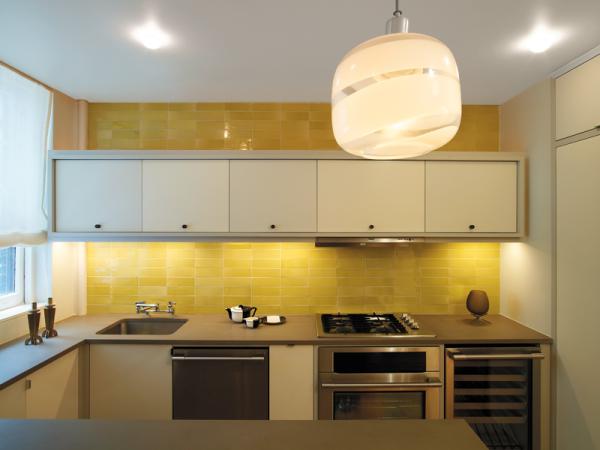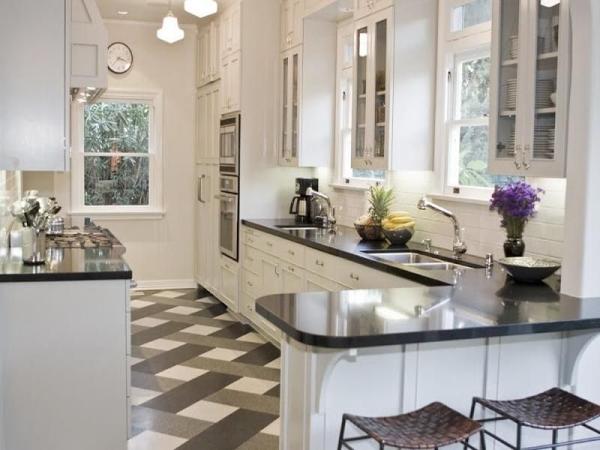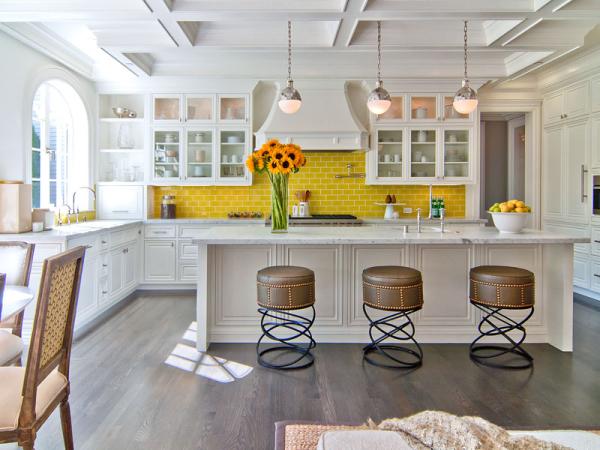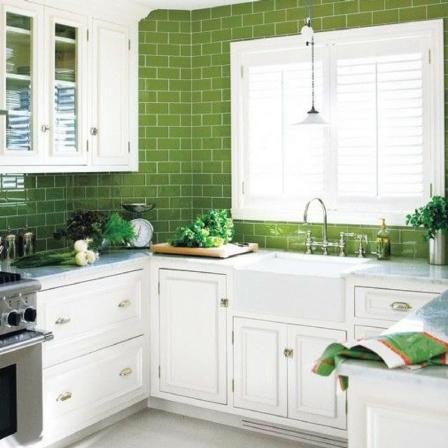Ceramic tile flooring is a popular choice due to its versatility, durability, and aesthetic appeal. While classic ceramic tile designs have been widely used for years, one of the latest trends in tile flooring is ceramic tiles that mimic the look of natural wood. This article explores the benefits, design options, and installation considerations of ceramic tile flooring with wood designs.
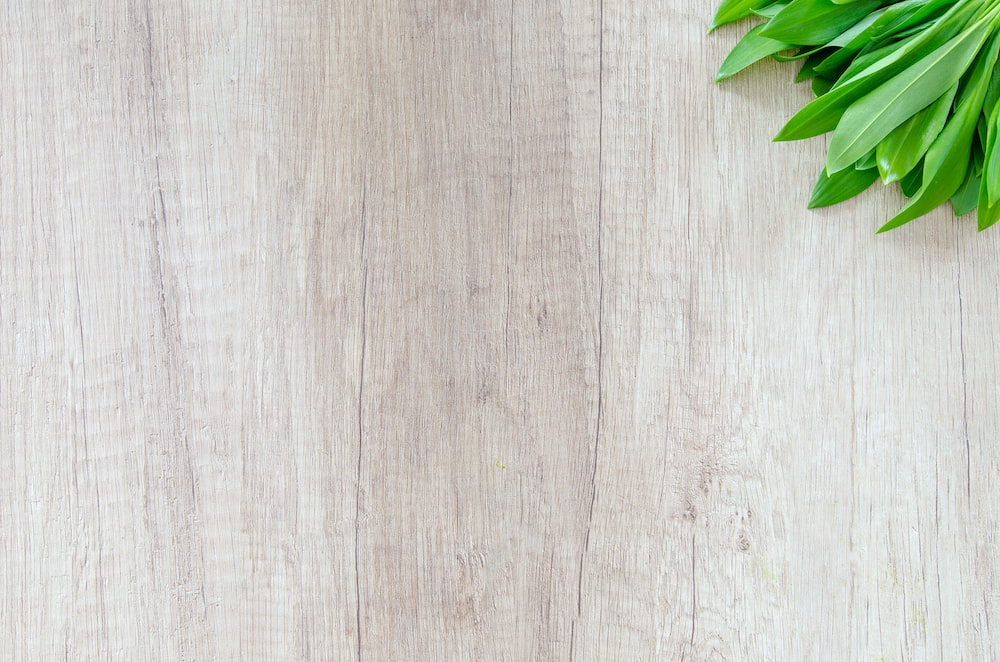
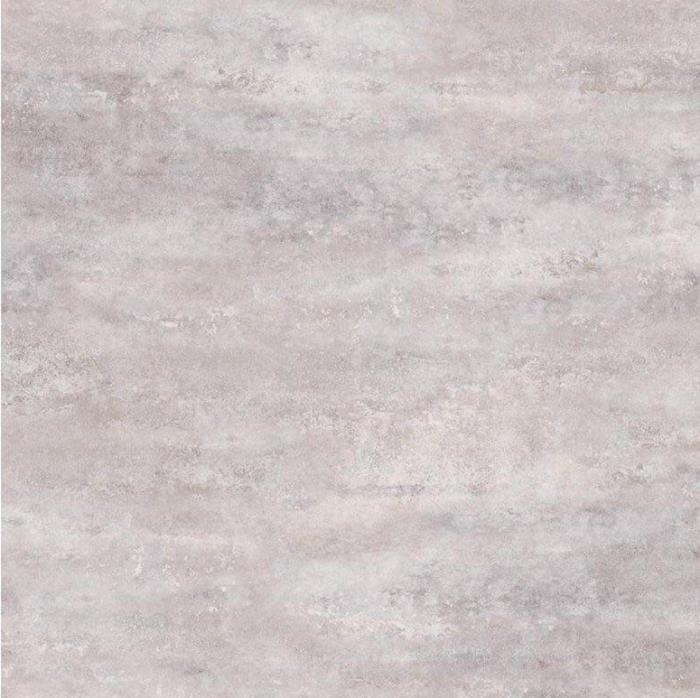
The Advantages of Ceramic Tile Flooring with Wood Designs


Durability: Ceramic tile is known for its longevity and resistance to wear and tear. Unlike real wood flooring, ceramic tiles are less prone to scratches and dents, making them an ideal choice for high-traffic areas such as kitchens and hallways.
Moisture Resistance: Wood flooring can be damaged by moisture, but ceramic tiles are impervious to water. This makes them perfect for spaces prone to spills like bathrooms and kitchens, offering peace of mind against potential water damage and mold growth.
Low Maintenance: Cleaning and maintaining ceramic tile flooring with wood designs is relatively easy. Sweeping or vacuuming regularly and occasionally mopping with warm water and mild detergent is usually all it takes to keep the tiles looking their best.
Design Flexibility: Wood-look ceramic tiles offer a wide range of design options. They come in various colors, finishes, and wood species imitations, allowing homeowners to achieve the look of their preferred wood type without the drawbacks of natural wood flooring, such as warping or fading.
Design Options for Ceramic Tile Flooring with Wood Designs
Colors: Wood-look ceramic tiles are available in a range of colors, from light blonde to deep mahogany. This allows homeowners to match their flooring with existing furniture or create a contrasting effect for a bold and contemporary look.
Sizes and Patterns: Ceramic tiles imitating wood can come in various sizes, just like real wooden planks. They can be installed in a staggered pattern or in a herringbone layout, allowing for creative and unique designs that suit different room aesthetics.
Surface Texture: By using advanced digital printing technologies, tile manufacturers can replicate the texture of various wood species. Whether homeowners prefer a smooth, polished finish or a more distressed, rustic appearance, ceramic tiles can provide the desired look and surface texture.
Installation Considerations
Subfloor Preparation: Proper subfloor preparation is crucial for a successful ceramic tile installation. The subfloor must be clean, dry, level, and structurally sound to ensure the tiles adhere correctly and prevent future cracking or shifting.
Professional Installation: While some DIY enthusiasts may attempt ceramic tile installation themselves, it is recommended to hire a professional installer. They have the necessary expertise, tools, and knowledge to ensure a high-quality installation that will last for years to come.
Grout and Sealing: After the tiles are installed, grouting is necessary to fill the gaps between them. Grout color selection can influence the overall appearance of the wood-look floor. Additionally, sealing the tiles and grout lines helps protect against staining and makes regular cleaning more manageable.
Ceramic tile flooring with wood designs provides homeowners with the best of both worlds – the timeless elegance of natural wood and the durability and moisture resistance of ceramic tiles. With a wide variety of design options available, homeowners can achieve the look they desire without sacrificing practicality. Whether it’s for a busy kitchen or a relaxing bathroom, ceramic tile flooring with wood designs offers beauty, durability, and low maintenance, making it an excellent choice for any home.
